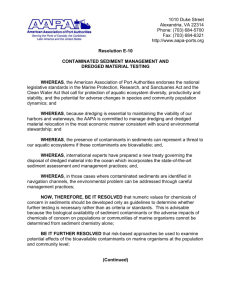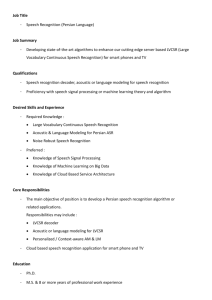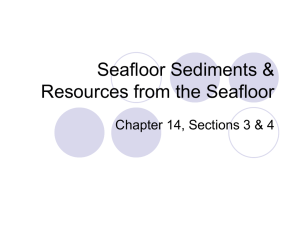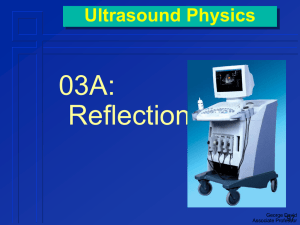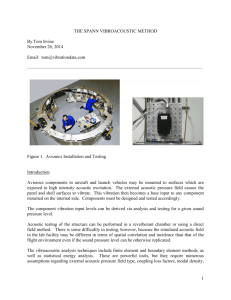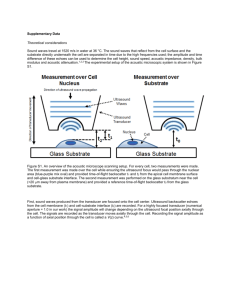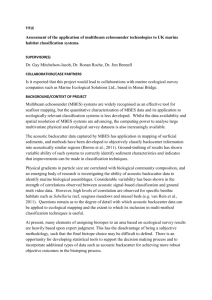Sub Bottom Profiling Surveys
advertisement
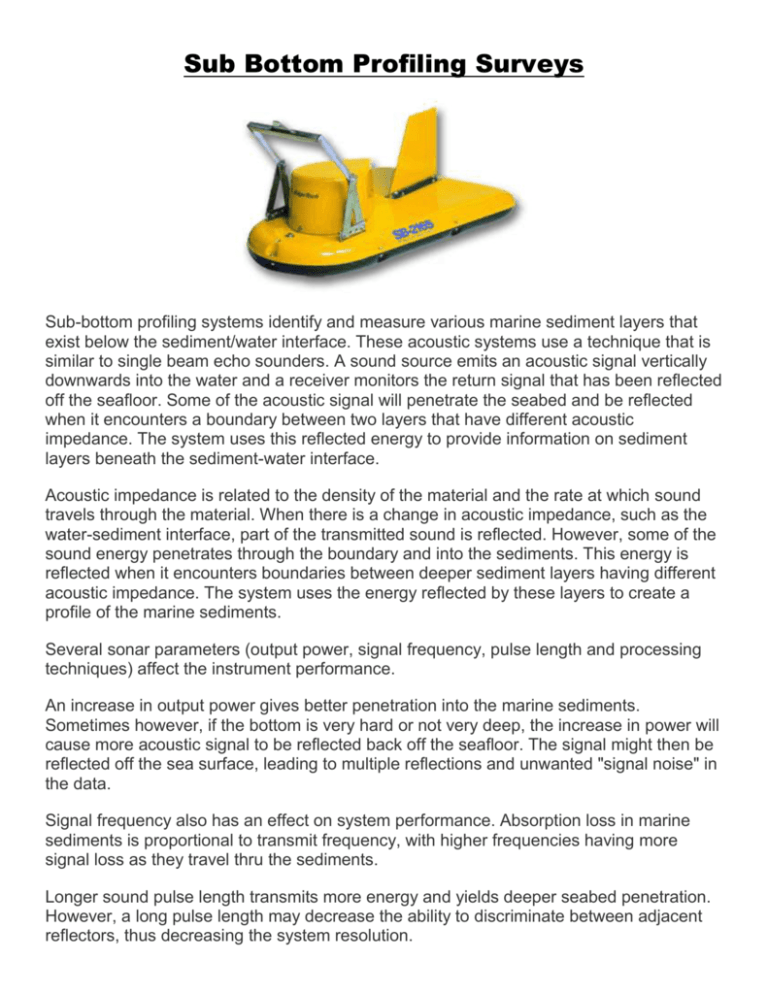
Sub Bottom Profiling Surveys Sub-bottom profiling systems identify and measure various marine sediment layers that exist below the sediment/water interface. These acoustic systems use a technique that is similar to single beam echo sounders. A sound source emits an acoustic signal vertically downwards into the water and a receiver monitors the return signal that has been reflected off the seafloor. Some of the acoustic signal will penetrate the seabed and be reflected when it encounters a boundary between two layers that have different acoustic impedance. The system uses this reflected energy to provide information on sediment layers beneath the sediment-water interface. Acoustic impedance is related to the density of the material and the rate at which sound travels through the material. When there is a change in acoustic impedance, such as the water-sediment interface, part of the transmitted sound is reflected. However, some of the sound energy penetrates through the boundary and into the sediments. This energy is reflected when it encounters boundaries between deeper sediment layers having different acoustic impedance. The system uses the energy reflected by these layers to create a profile of the marine sediments. Several sonar parameters (output power, signal frequency, pulse length and processing techniques) affect the instrument performance. An increase in output power gives better penetration into the marine sediments. Sometimes however, if the bottom is very hard or not very deep, the increase in power will cause more acoustic signal to be reflected back off the seafloor. The signal might then be reflected off the sea surface, leading to multiple reflections and unwanted "signal noise" in the data. Signal frequency also has an effect on system performance. Absorption loss in marine sediments is proportional to transmit frequency, with higher frequencies having more signal loss as they travel thru the sediments. Longer sound pulse length transmits more energy and yields deeper seabed penetration. However, a long pulse length may decrease the ability to discriminate between adjacent reflectors, thus decreasing the system resolution. CHIRP signal processing uses multiple frequencies and can increase system performance by adding enhanced signal to noise ratios and also by providing increased vertical sediment layer resolution. Capabilities Sub-bottom profiling systems can be useful for characterizing benthic habitats, since they provide information about sub-surface sediment structure. No other acoustic techniques provide this type of information, and only physical sampling via cores will allow for characterization of subsurface structures. Sub-bottom profiling systems may penetrate as deep as 300 meters into the seafloor dependent on sediment type and sonar characteristics, which is much deeper than most cores can penetrate. However, the penetration depth depends on the hardness of the overlying layers and the presence of gas deposits, such as methane. Uses High-resolution sub-bottom systems have been used to detect and measure the thickness of dredged material deposits, detect hard substrate that has been covered by sedimentation, identify buried objects (such as cables and pipelines), and define the basement (or bedrock) layer for potential confined aquatic disposal sites for dredged material. Data can be displayed in various 2D and 3D formats using various post processing software.
